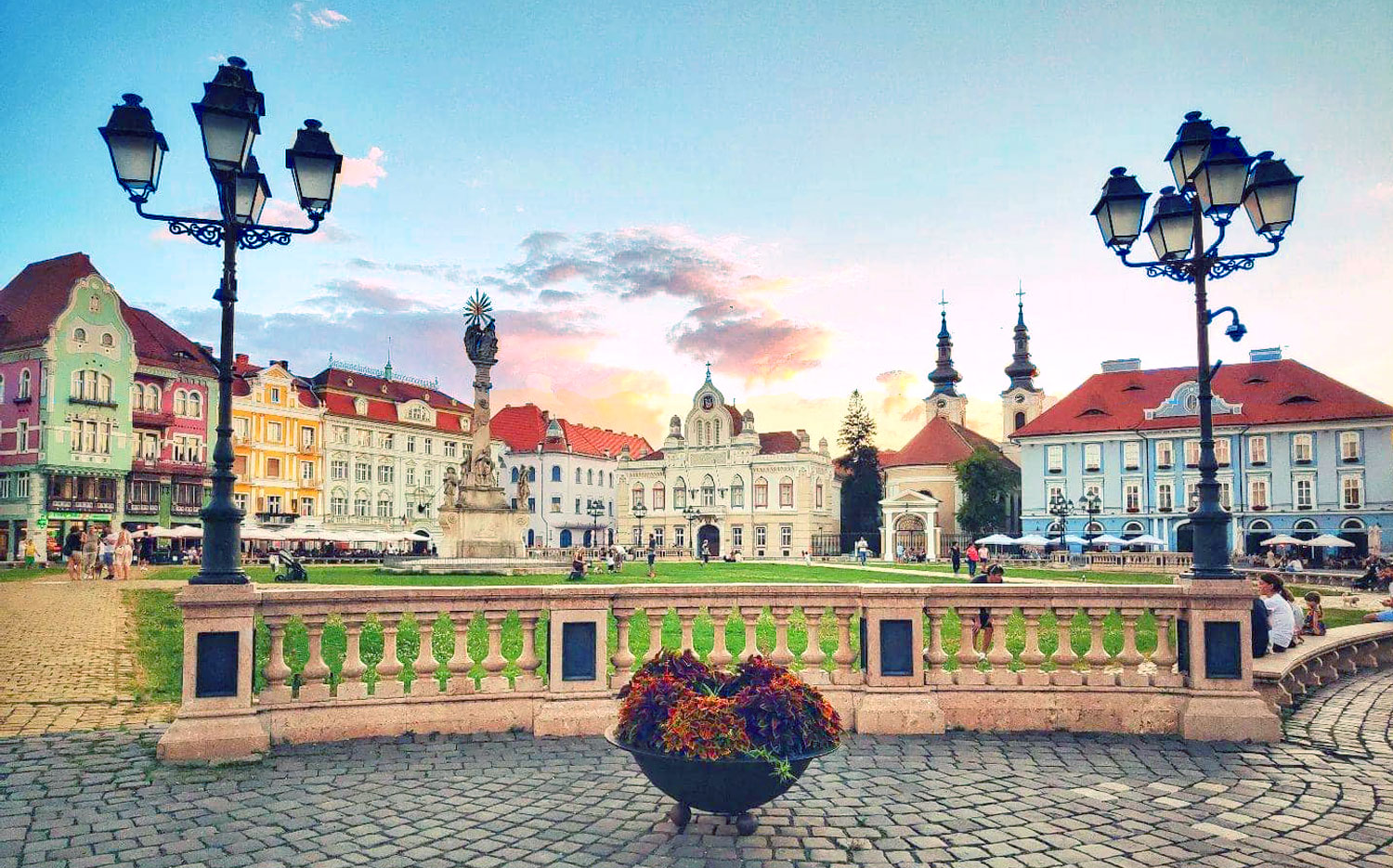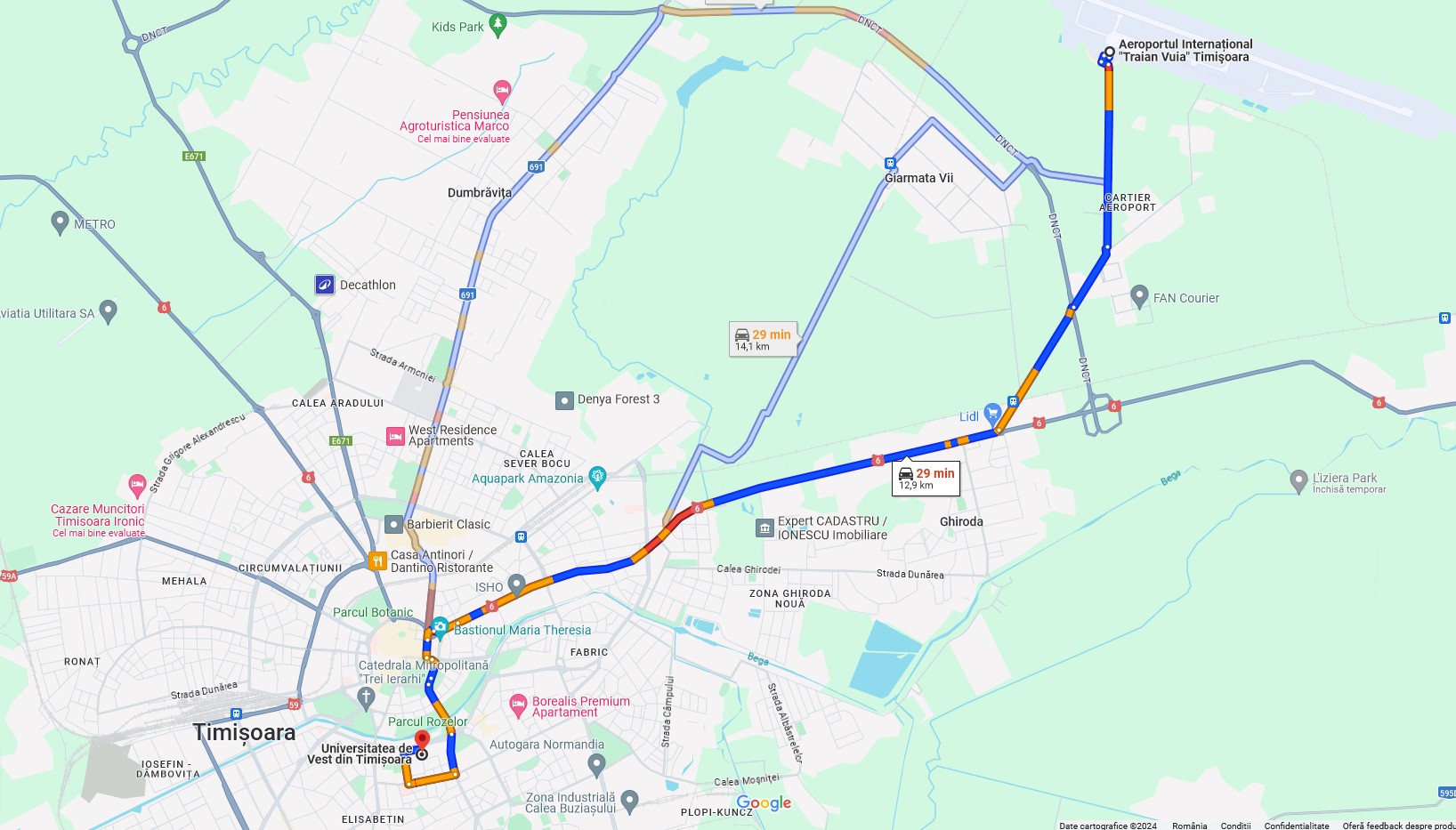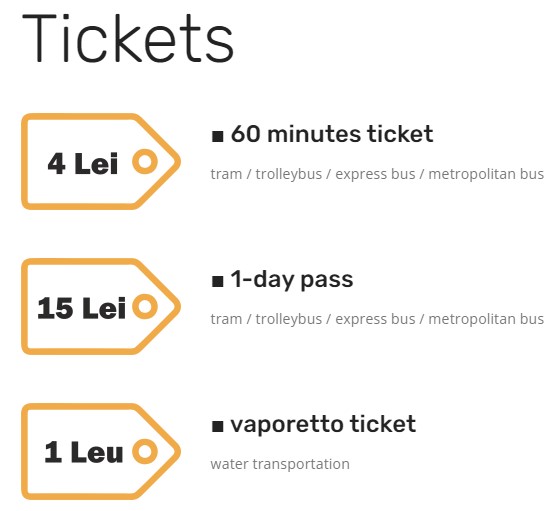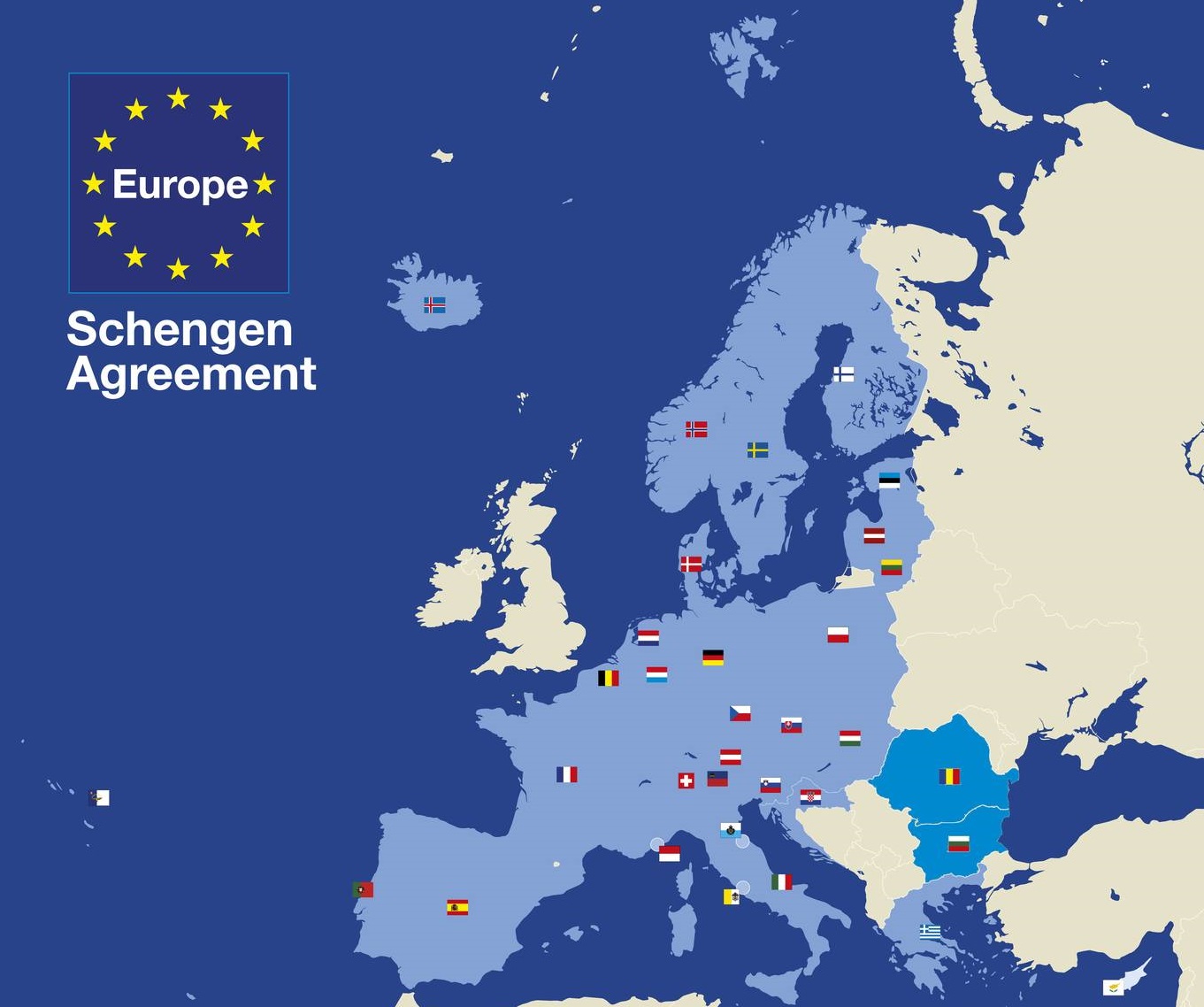Timișoara, Romania, Europe
West University of TimisoaraTimisoara, the largest city in western Romania, grew around the site of Castrum Regium Themes (Castri de Thymes), an ancient Roman crossroad fortress. Although surrounded by marshlands, in 1241, Timisoara was invaded and partially destroyed by the Tatars.
In 1552, the Turkish armies conquered Timisoara and kept the town under their authority until 1716 when the region of Banat came under Austrian rule. Soon after the Habsburg Empire took over the Banat region, from the Ottomans, the new governor of Banat, General Mercy, commissioned a heptagram-shaped bastion with strong walls, towers and gates.
During early 1720s large numbers of Swabian immigrants settle in Timisoara. The Swabians – skilled craftsmen from Swabia, southern Germany – helped transform Timisoara in a major commercial and manufacturing town.
Austrians, Germans, Jews, Serbians and Hungarians all left their mark during the two centuries of Austrian domination of Timisoara.
The abundance of Secessionist architecture gave Timisoara its rather appropriate moniker, “Little Vienna”.
Secessionism developed in two distinct architectural phases in the city. Sinuous lines and floral decorations characterized the first phase which lasted until 1908.
The second phase, which continued until the First World War, saw simpler, larger buildings with geometrical designs. Secessionism in Romania was an important link between the Byzantine style and later modernist architecture.
Timisoara is home to six, ample, public squares surrounded by monumental buildings. Three of them: Piata Libertatii, Piata Unirii and Piata Victoriei are located in the historic centre (Cetate neighborhood) while the other three are found in the city’s main neighborhoods: Elisabetin (Piata Balcescu), Fabric (Piata Traian) and Iosefin (Piata Maria).
Travel to Timisoara, Romania
Air transportation to/from Timisoara
Timisoara airport is located six miles from the city center. Taxis are readily available outside the arrivals area. Bus E4 offers service to the city center, with stops at Piata Badea Cartan and Hotel Continental.
Flight connections to/from Timisoara:
- At least 3 daily flights to Munich/Frankfurt (Deutschland/Germany) with Lufthansa
- 4 daily flights to Bucharest with TAROM or HISKY
- There are also some Low cost flights (WIZZ AIR, Eurowings) from Milan (Bergamo), London Luton, Paris Beauvais, Rome Fiumicino, Dortmund, Karlsruhe, Stuttgart on several days of the week
- From Budapest (Hungary) airport there is a bus transfer to Timisoara, but it takes approx.. 4-5 hours drive
Airport-University, Google map directions:
Uber/Bolt: 50-70 LEI (10-15 EUR) (~20 min)
Airport- Bastion:
Bus E4, E4b (every 1h): 4 LEI (0.9 EUR) (~50 min)
Travel to Timisoara by Train
There are daily trains from / to all major cities in Romania as well as from/to Budapest – Hungary (approximate journey time – 5 hours) and Vienna – Austria (approximate journey time – 8 ½ hours).
Timisoara Public Transportation
Timisoara public transportation system runs from 4:45am to 11:15pm. Tickets can be purchased at STPT points of sale, by SMS, through mobile ticketing apps or by contactless bank card; they are interchangeable for all forms of transport.





